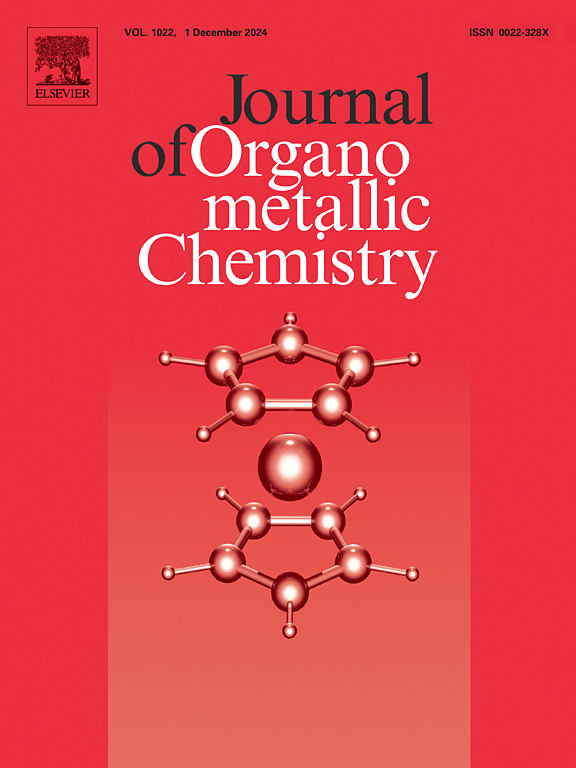Rational design of chloride-based ionic iridium(III) complex to construct phosphorescent nanoparticles for cancer cell imaging
IF 2.1
3区 化学
Q3 CHEMISTRY, INORGANIC & NUCLEAR
引用次数: 0
Abstract
In the process of cancer cell proliferation and metastasis, folate receptors (FRα, FRβ, and FRγ) play a facilitating role. More importantly, folate receptor, especially FRα, is expressed less in normal tissues but overexpressed in tumor tissues, making it a promising target for anticancer therapy. As a result, various probes targeting FRα have been developed for tumor detection. In this study, a new chloride-based ionic phosphorescent iridium(III) complex is rationally designed and synthesized, and then the phosphorescent nanoparticle (Ir NPs) is prepared by co-precipitation of iridium(III) complex with DSPE-PEG2000 and DSPE-PEG2000-FA, possessing the following advantages: good water solubility, exceptional biocompatibility, favorable surface properties, and excellent phosphorescence properties. Because of these advantages, Ir NPs are exceptionally suitable for biological application. Finally, cellular imaging, as a form of biological application, has been fully investigated. The results show that DSPE-PEG2000-FA can effectively recognize the over-expressed FRα on the surface of various cells, such as KB and MDA-MB-231 cells. We believe that the Ir NPs could be used as a promising phosphorescent probe for selective biological imaging.

求助全文
约1分钟内获得全文
求助全文
来源期刊

Journal of Organometallic Chemistry
化学-无机化学与核化学
CiteScore
4.40
自引率
8.70%
发文量
221
审稿时长
36 days
期刊介绍:
The Journal of Organometallic Chemistry targets original papers dealing with theoretical aspects, structural chemistry, synthesis, physical and chemical properties (including reaction mechanisms), and practical applications of organometallic compounds.
Organometallic compounds are defined as compounds that contain metal - carbon bonds. The term metal includes all alkali and alkaline earth metals, all transition metals and the lanthanides and actinides in the Periodic Table. Metalloids including the elements in Group 13 and the heavier members of the Groups 14 - 16 are also included. The term chemistry includes syntheses, characterizations and reaction chemistry of all such compounds. Research reports based on use of organometallic complexes in bioorganometallic chemistry, medicine, material sciences, homogeneous catalysis and energy conversion are also welcome.
The scope of the journal has been enlarged to encompass important research on organometallic complexes in bioorganometallic chemistry and material sciences, and of heavier main group elements in organometallic chemistry. The journal also publishes review articles, short communications and notes.
 求助内容:
求助内容: 应助结果提醒方式:
应助结果提醒方式:


